If you’re thinking should I upgrade my Air 3 to the just released DJI Air 3S, this video is for you. As somebody who’s been flying both of these drones a couple of weeks before their official release, I think I have a pretty good idea what these drones stand for, what are their strengths, what are their weaknesses, and have quite a good impression of how they perform in different scenarios as well.
READ MORE: DJI Air 3S – Here’s Everything New About This DJI Drone!
Key Differences
Even though these two drones look quite similar, they’re also very different from each other, mainly because of two specific reasons:
1. LiDAR Sensor
Reason number one is this LiDAR sensor here on the front of the drone. This is one of the biggest new things that we are seeing on this drone and one of the best safety features that DJI could ever introduce. This is a feature that many people have been requesting for years now, and I think in the future there won’t be any drone without a LiDAR sensor on the front simply because of how good it actually is.

How the LiDAR Sensor Works
What the LiDAR sensor essentially is, is an always working sensor that is here on the front. You will see it if you try to record your drone while it’s powered on. It’s always blinking, there’s a red light here just in the middle of that sensor, and it’s sending signals front and back at all times, looking for obstacles in the perimeter around the drone. If it happens to detect an obstacle, it will go over it, so it will raise its altitude, working together with the other six obstacle avoidance sensors that we have here on the drone.
We have two on the front, two on the back, and two on the bottom of the drone, which is exactly the same case for the Air 3 as well. The only thing missing here is the LiDAR sensor. The power of the LiDAR sensor is when it’s dark outside because of how it’s able to detect the obstacles. The cameras here that we have on the obstacle avoidance sensors are not going to work well if you’re flying in dim and dark conditions where even you cannot see anything, let alone the drone.
2. Improved Camera System
The other one is, of course, the camera. We have two cameras here again, similarly to the Air 3. We have a set of cameras: one is a 1-inch sensor, the main sensor of the camera, 24mm f/1.8 that is improved significantly compared to the Air 3. This again shines the most especially when combined in dark environments, dark situations, simply because of the bigger sensor size and because of the new algorithms that these cameras use.


Similarly to the Osmo Action 4 and the Osmo Action 5 Pro which we saw recently, the update that they made to these action cameras, we have a bigger sensor with lower bit rate. So the bit rate of the Air 3 is 150 megabits per second, whereas on the Air 3S we have 130 megabits per second, but I can definitely tell you that the quality is better on the Air 3S simply because of those algorithms, the way the processor works to get the image when recording it with this Air 3S.
The second camera that we have here is a telephoto camera, 1/1.3-inch sensor with an aperture of f/2.8. This is the 70mm lens on the Air 3S, very similar to the one on the Air 3, but that is the main difference. That’s just the internal side of things, how the processor is working with that lens to give you the final image.
Camera Features and Performance
The cool thing about the Air 3S is that now both cameras support exactly the same features, exactly the same frame rates, exactly the same resolutions, color profile files, ISO values. Everything is shared between those two cameras, and it’s exactly the same. So you no longer have to have different settings on the different cameras. They now work and look exactly the same, minus the fact that they use different focal lengths of course.

You have a maximum frame rate and resolution of 4K 120 frames per second on the Air 3S, whereas on the Air 3 it’s 4K 100 frames per second. So a slight bump up on the Air 3S because of the bigger sensor. The Air 3S not only has better image processing and better image optimization during daytime, you also have better and higher ISO values during nighttime.

Low-Light Performance
This is again one serious thing if you’re looking to upgrade to the Air 3S. You have to think about how often you’re going to use it at night because this is where it really beats the Air 3. If you’re using the normal color profile and you want to fly at night, both drones offer a maximum value of 12,800. However, the Air 3 does it in its dedicated night mode, which you have to separately go into and that applies some noise reduction to your footage as well. Whereas on the Air 3S, it’s just built in in the normal video mode.

You have a maximum ISO of 12,800 in normal color profile. If you want to use D-Log M, however, this is the difference between the two: you have a maximum ISO value of 1,600 on the Air 3 and 3,200 on the Air 3S. So it allows you to have a little bit more high ISO if you still want to shoot in D-Log M during nighttime, which by the way I don’t recommend you to do.

Color Profile and Bit Depth
Talking about normal color profile and your footage, there’s one major thing that I want to mention, especially if you’re not a big fan of D-Log M and you don’t want to color grade your footage. Let’s say you just want to stick to normal color profile and you just want to record with your drone. Well, on the Air 3, all of your shots will be in 8-bit, whereas on the Air 3S you will have a lot more information in your footage, even in normal color profile, as your footage will be shot in 10-bit.

Importance of Fundamentals
To conclude the chapter about the cameras of both of these drones, let me be clear about one thing: you can achieve great results, spectacular footage with both of these drones. There is no magic solution that will make your footage absolutely stunning without having the basic knowledge of flying smoothly, using your perspectives and different angles to your advantage, having ND Filters on, using the right shutter speed, using the correct ISO values. Those are things that are fundamentals, and they are the ones that you really need to focus on. The other is just small bumps, tweaks, and settings that of course are incremental updates and they make the whole experience better, but it’s not the thing that will make your footage all of a sudden look fantastic. Just throwing it out there, just so you know. Maybe some of you need to hear this.
Additional Features
There are two more things I need to talk about before I let you go. First, we have the internal storage, which on the Air 3 is 8GB, which is fine for a few photos here and there, maybe a few videos or hyperlapse, and it’s fine for a day of shooting. However, the Air 3S comes with a massive 42GB internal storage. So that can save you in case you forget to insert your SD card. Even if you don’t have an SD card, you can still go and fly straight away and not worry about getting the drone full and reaching its maximum capacity. That’s plenty of storage space for a few days of shooting, depending on how much you film of course.

Pricing
Finally, the prices. The prices are pretty much identical when it comes to the single combo of these drones. So it’s $1,099 for just the drone, the remote, and one battery, and the remote is the basic one, the DJI RC-N3. However, if you want to get the Fly More package, which comes with a few more extras, a few more batteries, and ND filters and accessories, then the price is a little bit different. So we have $1,599 on the Air 3S and $1,549 on the Air 3 for the Fly More combo.

If you are already an owner of the Air 3, you already know that. So it’s a $50 or Euro increase in terms of the price for the Fly More kit for the Air 3S. So DJI is slightly bumping up the price, but it’s keeping the same price for the basic combo. You can get just the drone if you want because you can use the batteries from the Air 3. They are pretty much the same, they’re slightly smaller in terms of milliamp hours, but they work, they power on the drone. It’s tested and confirmed. So you can just buy the drone and use it with your own remote that you have on your Air 3, for example, which I think will be a good deal and good choice if you happen to do that.
Is It Worth Upgrading?
Now, do I think it’s a worthy upgrade if you’re coming from the Air 3? Both yes and no. It’s a massive yes in terms of performance and fly characteristics and the new improved safety features with this LiDAR sensor and the new 1-inch sensor, which is great not only at night but also during daytime, but especially at nighttime. It makes the biggest difference mostly at night.

So it’s really up to you to decide if you are going to fly at nighttime, if you’re capturing a lot of sunrises or sunsets. This is where the drone really shines and outperforms the Air 3. In all other scenarios though, they are pretty much identical. It’s an S version, so of course this brings incremental updates. It’s not a massively new and improved drone, it’s a slightly better drone.
Which of course you have to understand if you’re a person who is not flying regularly to capture sunsets or sunrises or flying at night, then maybe it’s not worth upgrading to the Air 3S just so you get those LiDAR features and the 1-inch sensor on the main camera. However, if you’re coming from the Air 3 but you want to explore some new features and new technology from DJI, you want to have the latest, then of course it’s worth it. It’s not a bad drone at all. It’s actually probably going to be my main drone from now on because it’s smaller and it has the same power as the Mavic 3 Pro, which has been my favorite drone ever, but I think it will be slowly replaced by the Air 3S just because of everything that it brings into it and how much it actually pushes things forward with this new technology with the LiDAR sensor.

Closing Thoughts
I hope this video has been informative enough for you to decide whether you want to upgrade and you want to get the new Air 3S. There will be links in the description if you want to support my channel. If you want to get the drone from DJI, there will be an affiliate link down below.
Thank you so much for watching this video. Please, please guys, let me know what you think about the new Air 3S down in the comments, whether you’re looking for an upgrade and whether you’re keeping your Air 3. Do let me know down below because I love hearing back from you.
This is Mike from Drone Supremacy. Thank you so much for sticking with me until the end of the video. I’ll catch you very soon in my next one. Take care and goodbye.
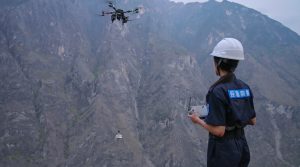

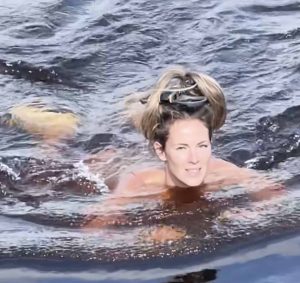
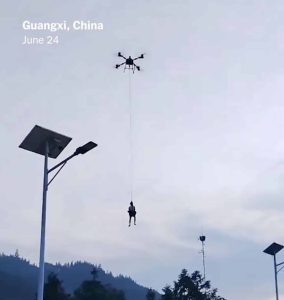
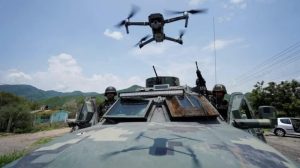

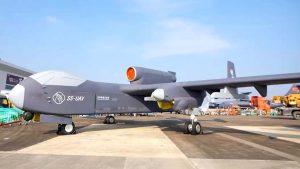
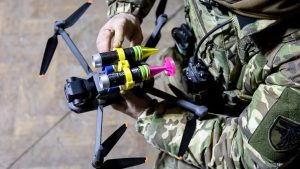
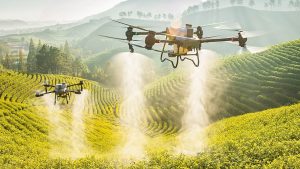

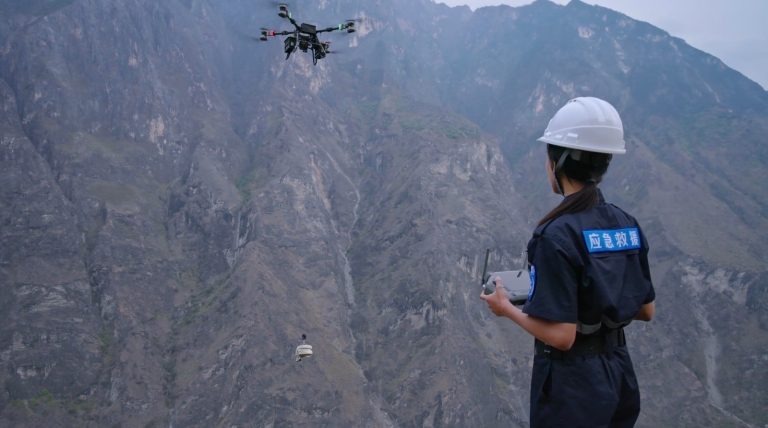
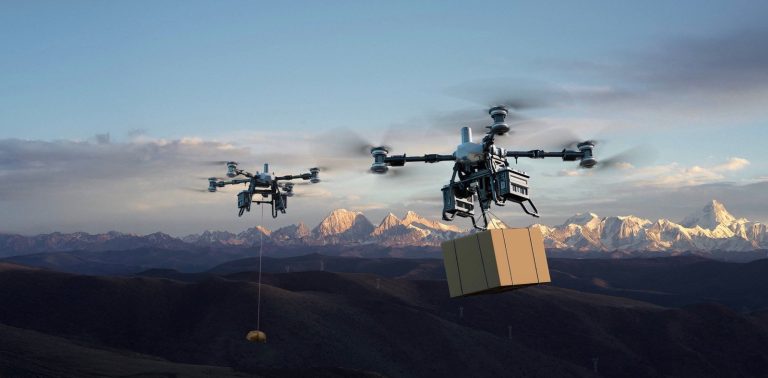
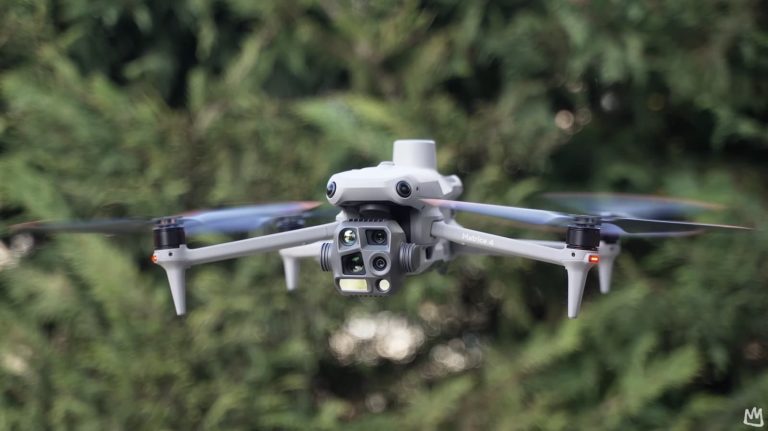
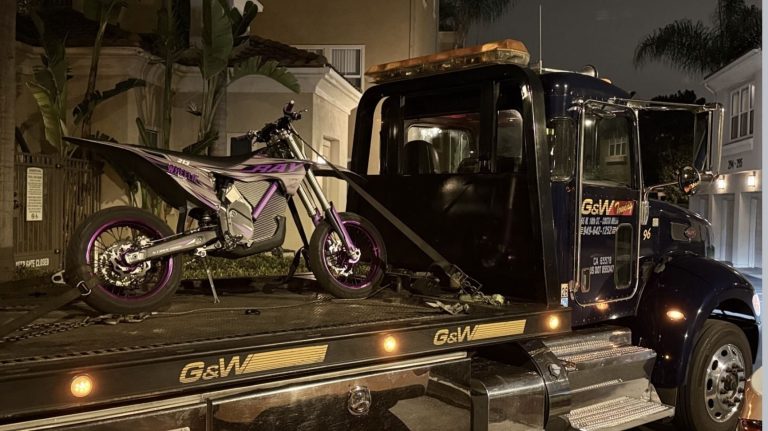

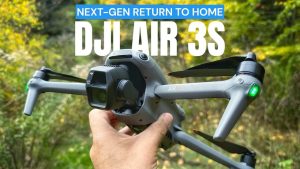
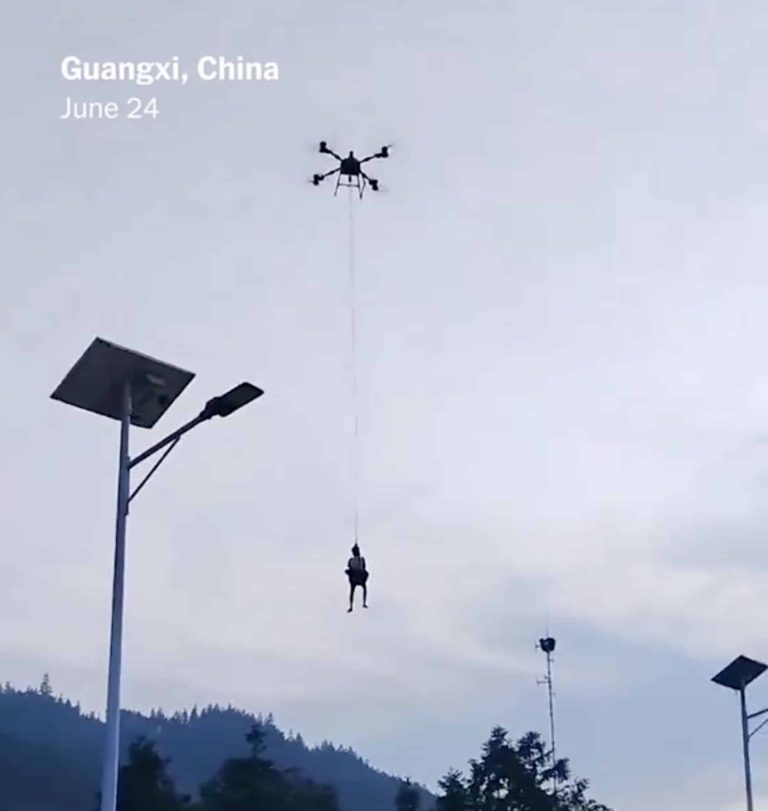
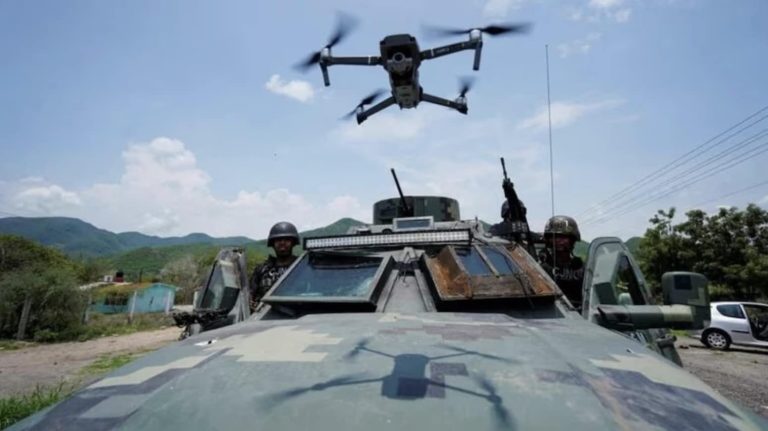

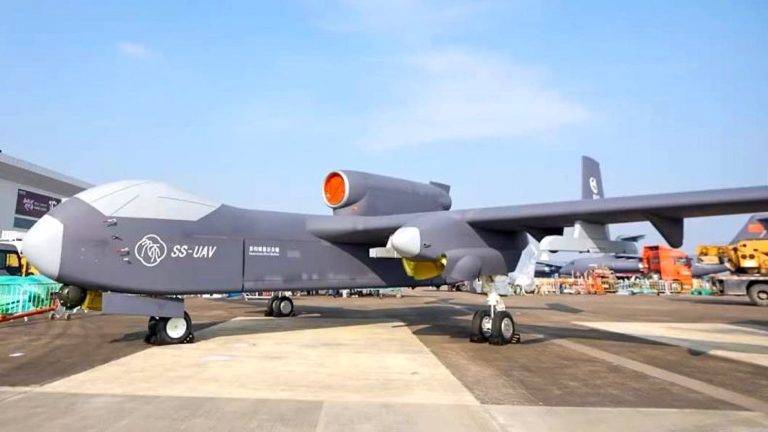

+ There are no comments
Add yours